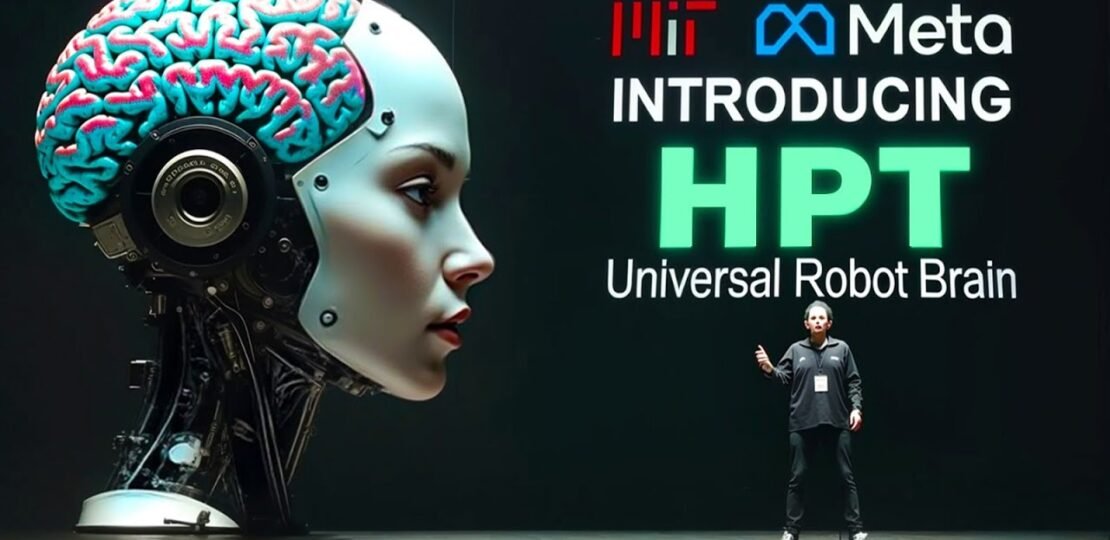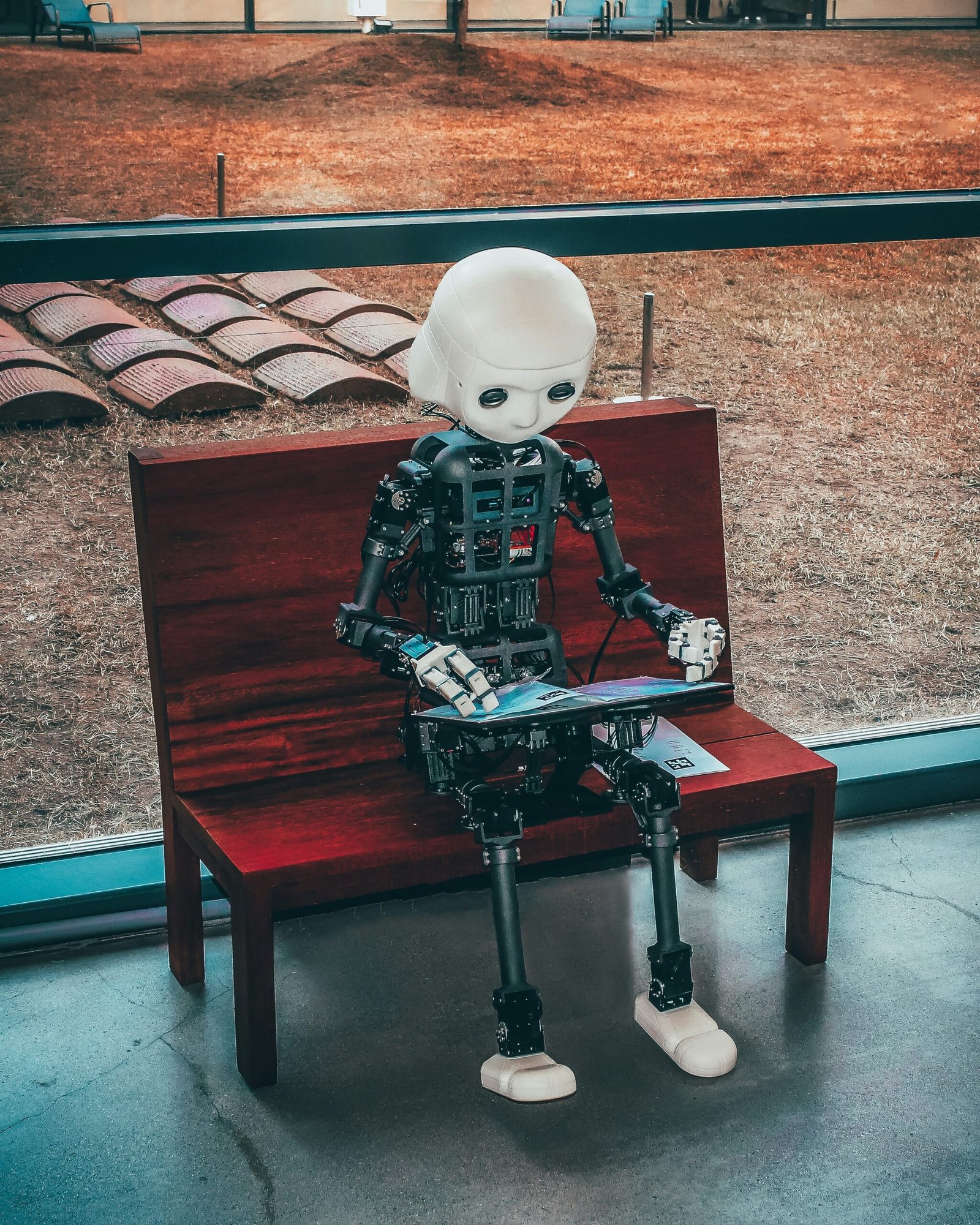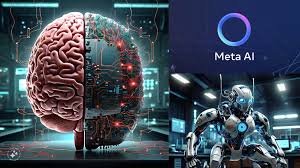HPT:-The Revolutionary Robot Brain That Could Handle All Your Tasks
November 5, 2024 | by junaid.ansari160@gmail.com

Imagine a world where robots can do everything – picking up groceries, cooking dinner, and even taking care of your pets, just like in cartoons. Sounds like the ultimate dream, right? But here’s the twist: training robots to handle a wide variety of tasks in the real world is actually super difficult. Why? Because, until recently, teaching a robot something new required tons of data specific to each task. This process was costly, time-consuming, and limited. But now, researchers at MIT, with some help from big tech players like Meta, may have cracked the code.
They’ve developed a clever new system called Heterogeneous Pre-trained Transformers (HPT), inspired by the same large language models that power tools like GPT-4. The idea? Pool together data from a range of sources, like simulations, real robots, and even human demo videos, to create a universal robot brain. This means a single model can handle multiple tasks without needing to be retrained for each new one. Let’s break it down.
HPT: The Game-Changer in Robot Training
The HPT system stands out because it combines various types of robotic data – from camera visuals to sensor signals to human demo videos – all into one cohesive model. In traditional setups, each robot has its own unique design, with different numbers of sensors or cameras placed in different ways. HPT, however, unifies all these inputs into a “shared language” so that a single model can understand and work with them all.
So how does it work? Researchers fed the HPT system a mix of inputs, including visual data, sensor readings, robotic arm movements, and more. Unlike language models like GPT-4, which process text, HPT processes “tokens” of robotic data. By pooling these varied data sources, this robot brain can identify patterns and learn new tasks in a much more adaptable way. In testing, HPT improved robot performance by over 20% in both simulated and real-world settings and could even handle tasks it hadn’t been specifically trained for.
Scaling Up Training with Massive Data Collection
One major challenge of building HPT was creating a dataset large enough to train it properly. The researchers collected over 200,000 robot trajectories across 52 datasets, including human demonstration videos and simulations. This was crucial, as typical robotic training data tends to focus on one specific task or setup. Here, they’re bringing it all together in a much broader model, enabling the robot to understand multiple tasks.
Another big hurdle was the diversity of data, with inputs coming from different robot designs, environments, and task types. To solve this, the researchers created a universal robotic “language” that can process all these varied inputs. Think of it like how language models are pre-trained on huge amounts of text so they gain a broad understanding of language. Similarly, HPT gains a foundational understanding across many types of robotic data, which it can then apply to new tasks.
Imagine the future possibilities! Robots won’t just excel at a single task but can handle a range of duties, much like humans. Picture a robotic arm that can whip up a meal, fold your laundry, and even feed your dog – all without retraining. This HPT model could be a huge step toward making that a reality.
How HPT Works: Stems, Trunk, and Heads
Inside HPT, there are three main components: stems, a trunk, and heads. Think of the stem as a translator. It takes in each robot’s unique input data, like camera visuals or sensor readings, and converts it into the shared language that the transformer can understand. The trunk, the system’s core, processes this unified data. Finally, the head turns this processed data into specific actions for each robot.
Each robot only needs its unique stem and head setup, while the trunk remains universal. This setup allows HPT to handle data from multiple robots at once, treating them all as part of one massive training network.
Real-World Testing and Results
This isn’t just a theoretical model – the researchers tested HPT in both simulated and real-world settings. In simulations, the robots tackled tasks like moving objects and interacting with various environments, and HPT consistently outperformed other approaches. They also tested it on real robots, having them complete tasks like feeding a pet and assembling parts. HPT proved more robust and adaptable than traditional models, even when conditions changed.
The team ran these tests across popular simulation platforms like MetaWorld and RoboMimic. They even combined robotic data with human activity videos – like footage of everyday actions in a kitchen – to teach HPT a broader range of behaviors.
What’s Next for HPT?
Looking ahead, the team wants to extend HPT’s capabilities to handle longer, more complex tasks. Right now, it excels at short, quick tasks, but there’s room to make it more reliable and accurate. They’re also exploring the possibility of making HPT capable of processing unlabeled data, just like GPT-4 can understand a variety of text inputs without labels.
In a nutshell, the HPT model is a groundbreaking step towards creating more flexible, multitasking robots. By combining data from all kinds of sources – robots, simulations, and human videos – they’re building a model that can adapt to new tasks and environments more effectively than ever before. It’s still early days, but this could lead to robots that are more capable, adaptable, and, dare we say, almost human-like in their ability to handle diverse tasks.
Who knows? One day, we might all have our very own Rosie the Robot, ready to help with anything we need!
RELATED POSTS
View all



